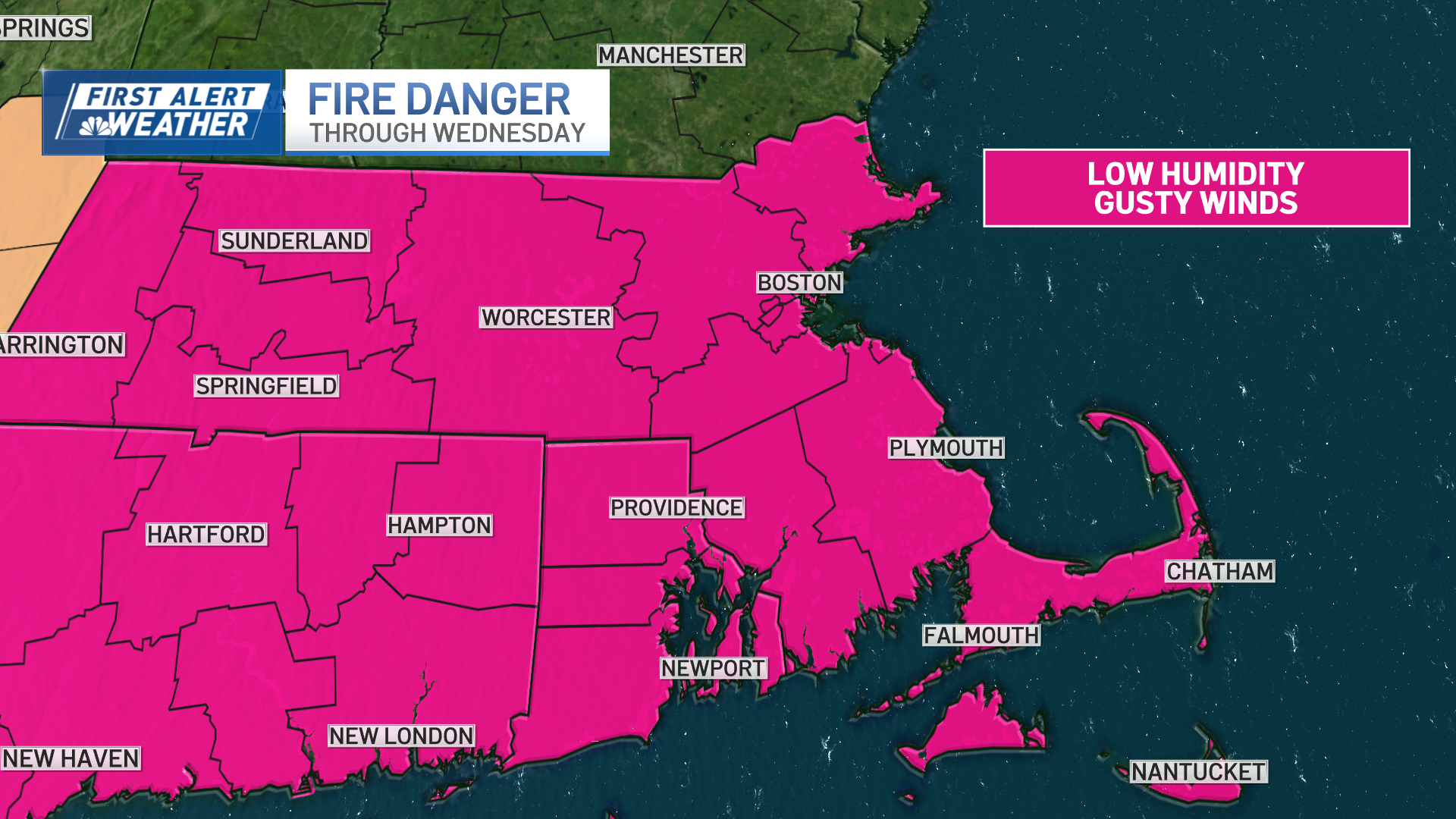Ice cores drilled from the world’s tallest mountain are being researched at the University of Maine, as part of a bigger climate change project led by National Geographic and Rolex Perpetual Planet Everest Expedition.
From these slabs of ice taken from Mt. Everest, scientists can reveal secrets of the past. Each layer of ice shows temperature and precipitation over the years, exposing how the climate is changing.
It’s critically important to understand how snow and ice in the Himalayas is changing, since nearly 1 billion people depend on the melt for freshwater.
On the way up, researchers also installed five weather stations on Mt. Everest, which now provide real-time conditions for scientists and hikers.
You can view the data on Twitter:
So far these stations are offering up an interesting look at poorly understood weather patterns.
Based on early analysis, it turns out that average wind speed of 40 miles per hour on Mount Everest is similar to that of Mount Washington, even though New Hampshire’s peak is just a fifth of the size.
Weather Stories
Researchers believe this is because Mount Washington is near a more active part of the jet stream, which is the fast ribbon of air driving storms around the world.
In fact, the instruments now on Mount Everest were tested for durability on Mount Washington before they were deployed to the field.



